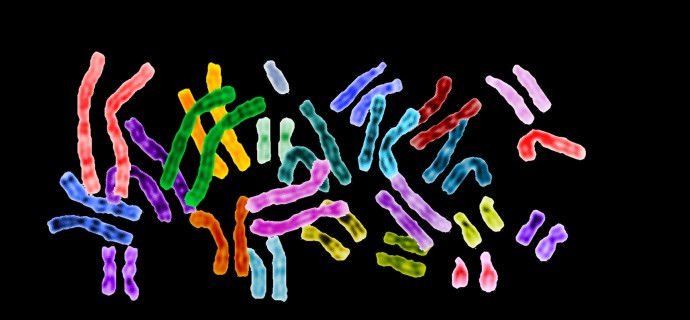
1976
AD
1976 - Harold E. Varmus and J. Michael Bishop discovers the first cellular oncogene, src. This is the same gene carried by the virus originally described by Peyton Rous.
1986 - Stephen H. Friend et al. isolates the first tumor suppressor gene, Rb (for retinoblastoma). This gene was also one of the first associated with an inherited (familial) form of cancer.1, 2
